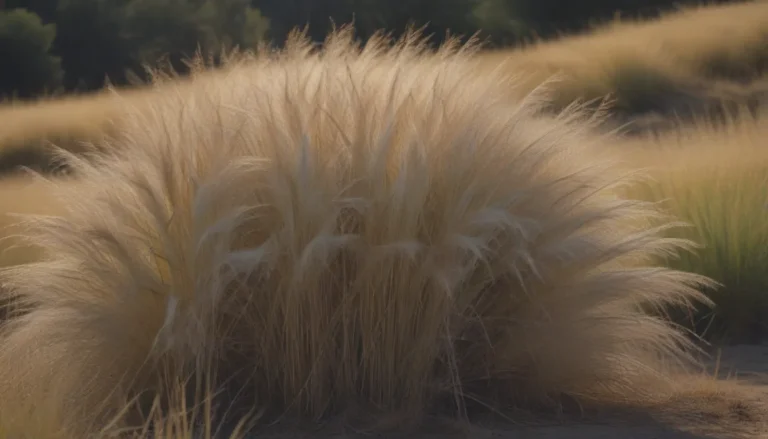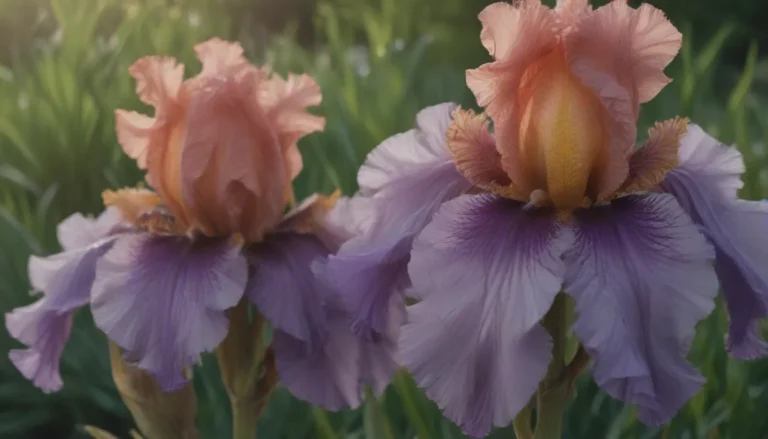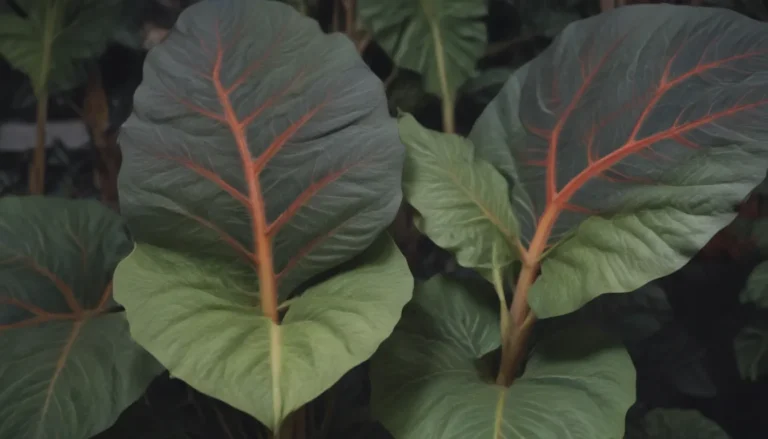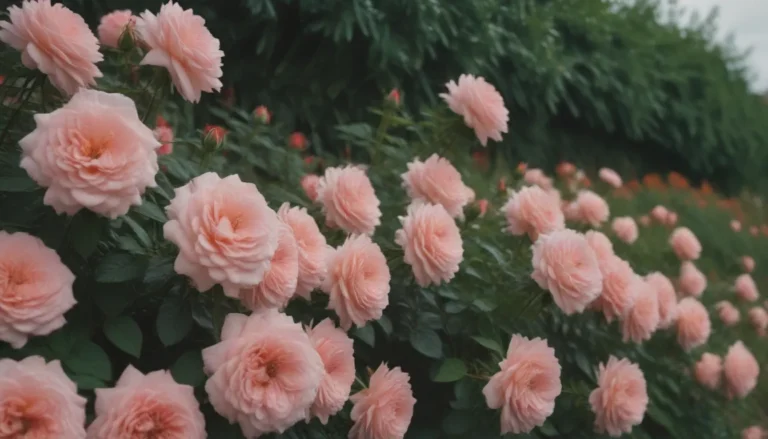The Ultimate Guide to Growing and Caring for Corn Plants (Dracaena)
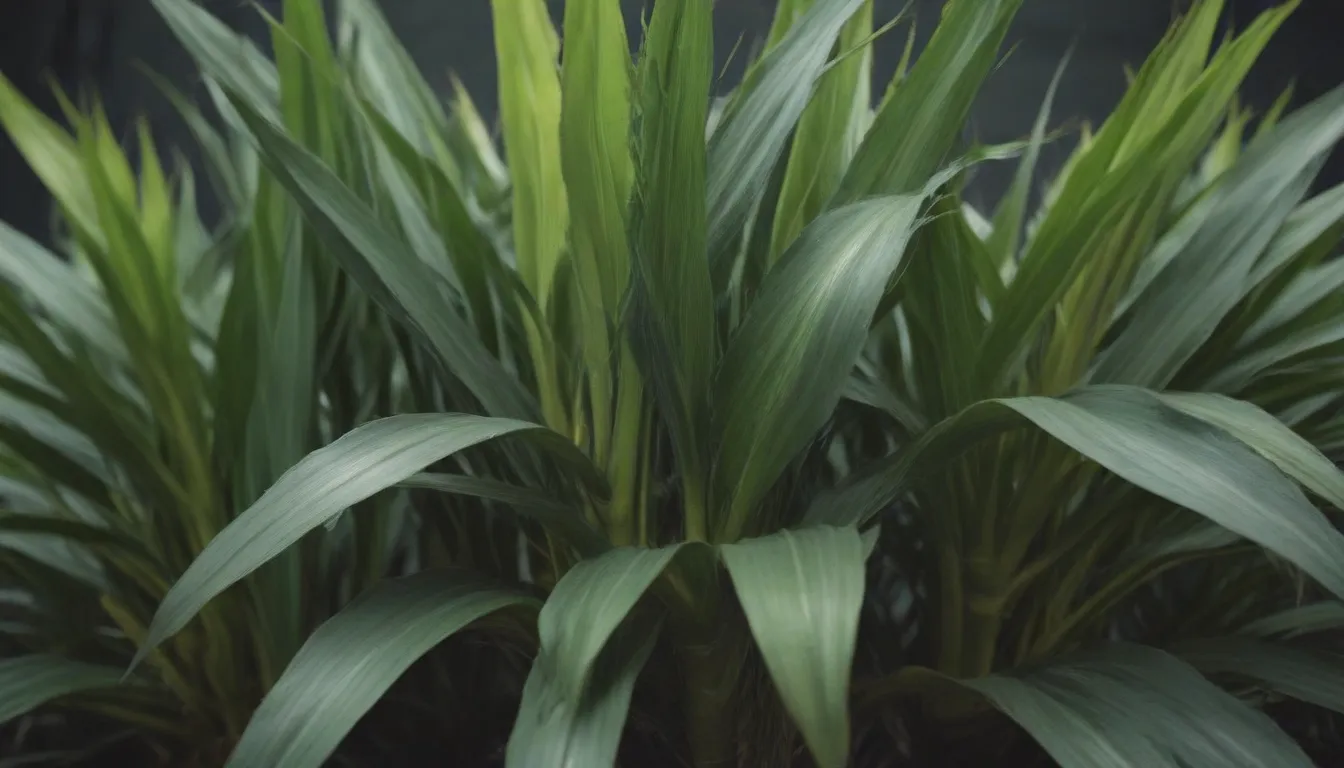
Welcome to the ultimate guide on how to grow and care for corn plants, also known as Dracaena fragrans. These tropical African evergreen trees have been popular indoor plants in Europe since the mid-1800s and have made their way into homes in the U.S. since the early 20th century. With their tall, narrow growth habit and long, narrow leaves that resemble stalks of corn, these plants are a beautiful addition to any indoor space. In this comprehensive guide, we’ll cover everything you need to know to successfully grow and care for your corn plant.
Getting Started with Corn Plants
Before we dive into the nitty-gritty of caring for your corn plant, let’s cover some basics for beginners. Here are a few tips to help you get started:
Where to Put It:
– Place your corn plant near a window with filtered sunlight to ensure it gets enough light without risking leaf burn.
– Indoors, these plants thrive in temperatures between 60°F to 75°F, so avoid exposing them to colder temperatures.
How to Water It:
– Keep the soil evenly moist during the growing season (spring through fall) but avoid overwatering, as this can lead to root rot.
– Reduce watering in the late fall to winter, but never let the soil completely dry out.
Soil Type:
– Use a loose, loamy potting soil mix with good drainage to ensure your corn plant’s roots don’t sit in standing water.
Corn Plant Care Tips
Now that you know the basics, let’s dive into the specifics of caring for your corn plant to ensure it thrives:
Light:
- Indoors, place your corn plant near a window with filtered sunlight to maintain its color variegation and promote healthy growth.
- Outdoors, choose a shadier spot for your plant to prevent leaf burn.
Soil:
- Use a well-draining, loamy potting soil mix to ensure your plant’s roots stay healthy and avoid waterlogged conditions.
Water:
- Keep the soil evenly moist during the growing season but reduce watering in the winter months.
- Avoid letting the soil completely dry out or become waterlogged, as both can lead to health issues for your plant.
Temperature and Humidity:
- Maintain temperatures between 60°F to 75°F for optimal growth.
- Keep humidity levels between 40% to 50% to mimic the plant’s native environment, using a humidifier if necessary.
Fertilizer:
- Use a balanced liquid fertilizer every other month during the growing season and sparingly in winter to provide essential nutrients for your plant’s growth.
Types of Corn Plants
Corn plants come in various cultivars, each with its unique characteristics and features. Here are a few popular types you may encounter:
- Dracaena fragrans ‘Massangeana’
- Dracaena fragrans ‘Lindenii’
- Dracaena fragrans ‘Victoria’
- ‘Lemon Lime’ Dracaena fragrans
- Dracaena fragrans ‘Limelight’
Each type of corn plant has its distinct appearance and care requirements, so choose the one that best suits your preferences and gardening style.
Pruning and Propagating Corn Plants
As your corn plant grows, you may need to prune it to maintain its shape and appearance. Here are some tips for pruning and propagating your corn plant:
- Pruning: Remove yellowing leaves as they appear and trim back the tops of the canes if your plant grows too tall for its space.
- Propagating: Use stem cuttings to propagate your corn plant, ensuring new growth and rejuvenating the parent plant.
How to Grow Corn Plant from Seed
If you’re up for a challenge, you can also grow corn plants from seed. Here’s how to do it successfully:
- Soak the seeds in room-temperature water for several days.
- Plant the seeds in a pot with moistened seed starting mix and maintain proper soil temperature and moisture for germination.
With patience and care, you can grow your corn plant from seed and enjoy watching it flourish over time.
Potting and Overwintering Corn Plant
Proper potting and repotting are crucial for your corn plant’s health and longevity. Here’s how to handle these tasks effectively:
- Repot your corn plant every year or two into a slightly larger container with fresh potting soil to ensure healthy growth.
- Bring your corn plant indoors when temperatures dip below 60°F to protect it from cold damage.
By following these tips, you’ll ensure your corn plant remains healthy and vibrant throughout the year.
Dealing with Common Pests and Problems
Like all plants, corn plants are susceptible to pests and diseases. Here are some common issues you may encounter and how to address them:
- Common Pests: Keep an eye out for spider mites, thrips, and scale, which can damage your plant’s leaves and overall health. Regularly dusting the leaves can help prevent pest infestations.
- Common Problems: Yellowing or browning leaves, leaf curling, drooping, and dry leaf tips are common issues that may arise with your corn plant. Address the underlying causes, such as overwatering or nutrient deficiencies, to keep your plant healthy.
Ensuring Your Corn Plant Blooms
While corn plants are not known for their blooms, with the right conditions and maturity, they can produce beautiful white spike balls with a sweet fragrance. Here’s how to encourage blooming:
- Provide proper light, water, and nutrients to support your plant’s growth and maturity.
- Enjoy the fragrant blooms as they appear, often in the evening hours.
By creating the ideal environment for your corn plant, you may be lucky enough to witness its stunning blooms and enjoy their delightful fragrance.
Conclusion
In conclusion, growing and caring for corn plants can be a rewarding experience for any indoor gardener. By following the tips and guidelines outlined in this comprehensive guide, you’ll be well-equipped to ensure your corn plant thrives and remains healthy for years to come. Whether you’re a beginner or seasoned gardener, these tips will help you create a beautiful and vibrant indoor garden with your corn plant as the centerpiece.
Remember, corn plants are not just beautiful houseplants—they’re living organisms that require proper care and attention to flourish. With a little effort and dedication, you can enjoy the beauty and benefits of having a corn plant in your home for many years to come.
So, go ahead and put your newfound knowledge to good use and watch your corn plant grow and thrive in your indoor space. Happy gardening!
